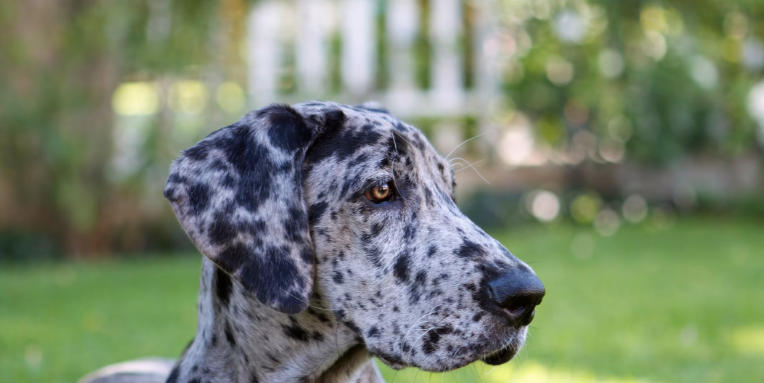Full-Blooded Great Danes: Majestic Companions
Great Danes are known for their impressive size and gentle temperament, making them one of the most beloved dog breeds worldwide. Understanding the characteristics, care requirements, and health issues associated with full-blooded Great Danes can help prospective owners make informed decisions. Whether you are considering adopting one of these magnificent dogs or simply want to learn more, this article provides essential insights into what makes them special.
1. The Characteristics of Full-Blooded Great Danes
Full-blooded Great Danes possess a unique blend of elegance and power. They are known for their towering height, often reaching up to 30 inches at the shoulder, and can weigh between 100 and 175 pounds. Their sleek, muscular build is complemented by a short, glossy coat that comes in a variety of colors, including brindle, fawn, black, blue, and harlequin. Beyond their striking appearance, Great Danes are recognized for their friendly nature, loyalty, and affection towards their families. Their gentle demeanor often earns them the nickname “gentle giants,” making them great companions, especially for families with children.
2. Care Requirements for Great Danes
Caring for a full-blooded Great Dane involves specific requirements to ensure their health and happiness. Due to their large size, they need ample space to move around, making them more suited to homes with spacious backyards. Regular exercise is crucial to prevent obesity and maintain their muscle tone; however, it’s important to avoid excessive strain on their growing joints during puppyhood. Additionally, Great Danes thrive on a balanced diet, typically high in protein and low in fillers. Regular vet check-ups are essential for monitoring their health, especially for conditions such as hip dysplasia, bloat, and heart issues that are common in larger breeds.
3. Training and Socialization for Great Danes
Training and socialization are pivotal to raising a well-adjusted full-blooded Great Dane. Early socialization with various people and other animals can help them develop into friendly adults. Basic obedience training should begin as soon as possible, focusing on commands like “sit,” “stay,” and “come.” Positive reinforcement techniques are particularly effective with this breed, as Great Danes respond well to praise and treats. Given their size, it’s crucial to establish clear boundaries early on to prevent any unwanted behaviors that can arise from their sheer strength. Regular training sessions not only keep them mentally stimulated but also strengthen the bond between the dog and owner.
In conclusion, full-blooded Great Danes make incredible companions with their blend of beauty, affection, and gentle strength. If you’re thinking about welcoming a Great Dane into your life, ensure you’re prepared for their unique needs and characteristics. For more information on caring for this majestic breed, consider reaching out to local breeders or pet professionals who specialize in Great Danes. Your journey with a Great Dane can be immensely rewarding, filled with love and unforgettable moments.
